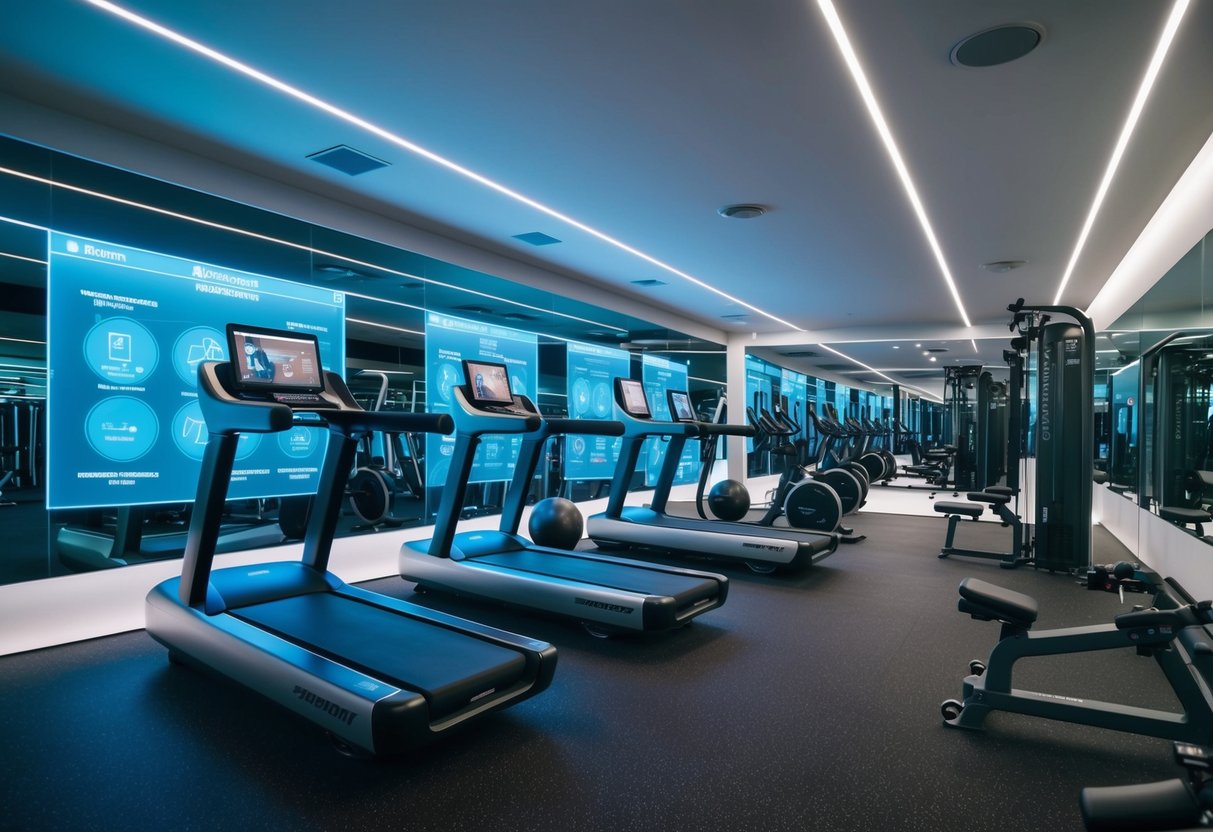
As 2024 unfolds, the fitness industry is buzzing with innovative trends that are reshaping the way people approach exercise and wellness. This year, technology plays a significant role, with cutting-edge fitness apps and wearables becoming integral tools for tracking workouts and health metrics. Virtual reality workouts are making headlines as they offer immersive experiences, transforming living rooms into engaging fitness environments.
In addition to technological advances, new fitness classes and methods are gaining traction, catering to diverse preferences and goals. Hybrid workouts that combine elements of strength, cardio, and flexibility have increased in popularity, allowing enthusiasts to enjoy varied routines in a single session. Furthermore, there’s a growing shift towards personalized fitness programs, emphasizing tailored routines that consider individual needs and body types.
Sustainability is becoming a central theme as well, with eco-friendly products and practices gaining attention. Many fitness companies are making efforts to reduce their environmental impact by offering sustainable workout gear and encouraging earth-conscious activities. These elements collectively illustrate how the industry is not only evolving to meet modern demands but also influencing the broader conversation about health and wellness.
Emerging Fitness Wearable Technologies
In 2024, the landscape of fitness wearables is witnessing significant advancements, prominently driven by innovations in smartwatches and fitness trackers. These technologies are not just tracking devices but are evolving into comprehensive health management tools.
Evolution of Wearable Tech
Wearable technology has rapidly evolved, transforming from basic step counters to sophisticated devices with numerous functionalities. Modern fitness wearables can monitor aspects such as heart rate variability, sleep patterns, and even stress levels. Devices like the Apple Watch and Oura Ring are at the forefront, offering users insights not just into their workouts but holistic aspects of their health. Sensors have become more accurate, contributing to more reliable data, making these devices indispensable for fitness enthusiasts. This evolution is made possible by improvements in sensor technology and data analytics, creating a seamless user experience. The blending of style and functionality also plays a crucial role, ensuring that these wearables are both effective and wearable in daily life.
Impact of Smartwatches and Fitness Trackers
Smartwatches and fitness trackers now offer a range of features that go beyond mere fitness tracking. Smartwatches like the Apple Watch have integrated capabilities such as ECG monitoring, fall detection, and blood oxygen level measurement. These features are turning them into essential health companions rather than just exercise gadgets. Fitness trackers, on the other hand, focus heavily on activity monitoring, providing insights into steps, calories burned, and exercise routines. The Oura Ring, for instance, emphasizes sleep tracking while still offering activity metrics, allowing users to get a comprehensive picture of their wellness. The integration of mobile apps also enhances the user experience, offering detailed analyses and adaptable fitness plans.
The Digital Shift: Online and Mobile Exercise Platforms
As fitness continues to embrace technology in 2024, online and mobile exercise options have become essential. With the proliferation of smartphone technology, fitness enthusiasts now have more options to maintain their routines on the go. These advancements offer innovative methods to engage with workouts conveniently.
Rise of Fitness Mobile Apps
Fitness mobile apps are transforming how individuals access exercise routines. They provide personalized workout plans, tracking features, and can connect users with global communities. Apps like Strava offer social networking combined with performance tracking, allowing users to share progress and engage with others. Nike Training Club and MyFitnessPal exemplify how such apps cater to various fitness goals, providing both guided workouts and nutritional advice.
Customization is at the heart of these platforms, enabling users to tailor programs to specific needs and preferences. The convenience of mobile apps means users can access workouts anytime, anywhere, eliminating excuses related to time and location. The integration of wearables further enhances this experience, providing real-time data and feedback.



